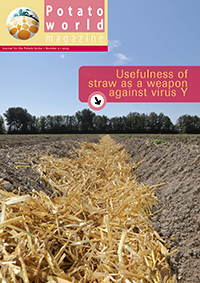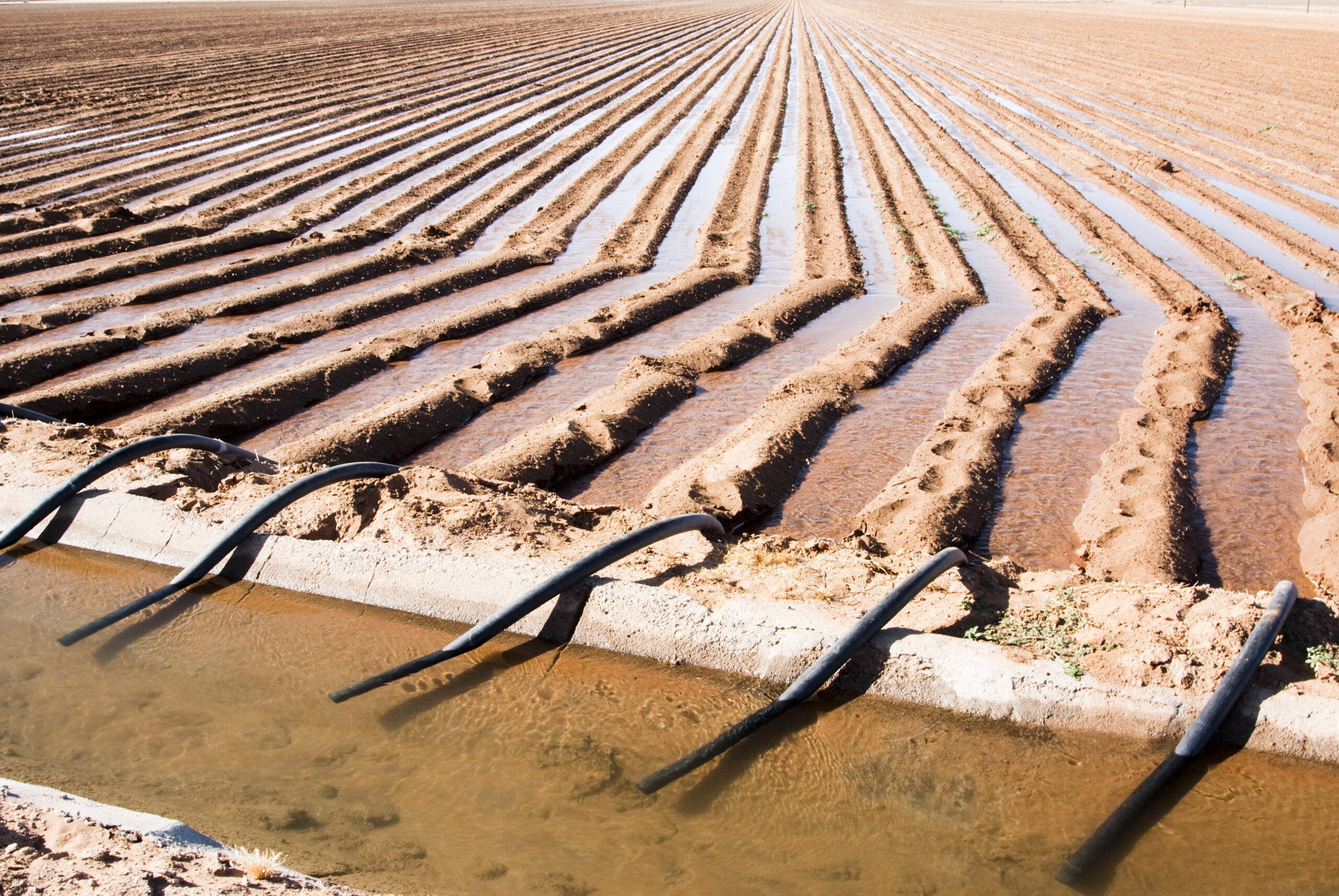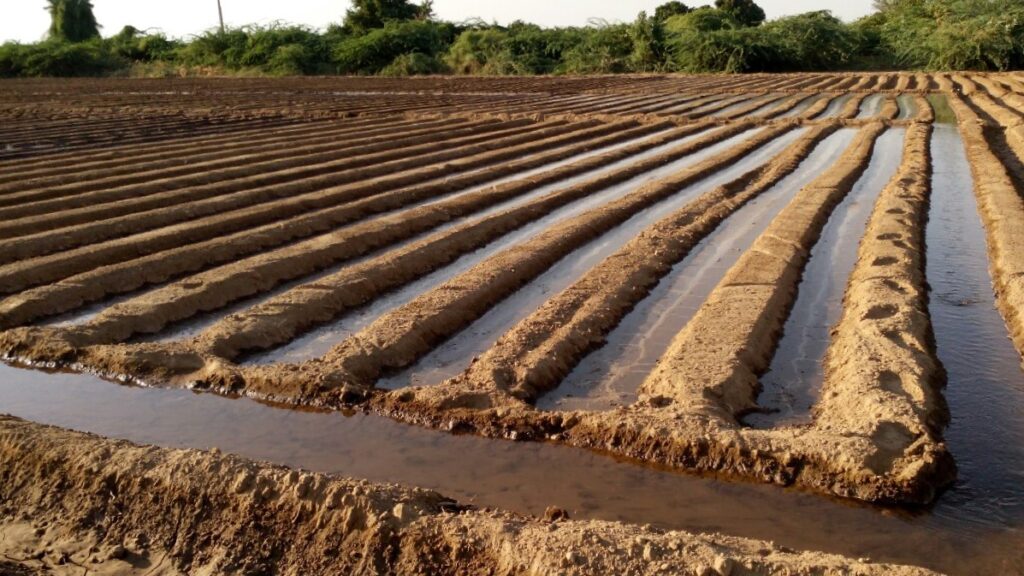Already a subscriber? Activate your premium account

Potatoworld Magazine

Where there is not enough rainfall and evapotranspiration exceeds precipitation, the crop is irrigated. That is if there is surface water or underground water available at acceptable distance and depth from the field. What is more, the grower needs to have available the capital to invest in equipment. The irrigation technique requiring the least investment by the grower is furrow irrigation.
Growers tap irrigation water from above-stream and direct it with a shallow ditch as happens in the North of Mozambique. Where irrigation schemes provide the water, opening a small sluice or spillway in the main or lateral canal suits, as is the general practice in North Africa and in the Indio Gangetic Plains. Per unit area, furrow irrigation is the most affordable and popular if there is ample of water and labor available. Only where no upstream water nor an irrigation scheme is available, growers need to invest in pumps and pipes to tap groundwater. Where some crops such as rice permit a plot to be inundated, this does not meet the requirement of potato because submerged tubers rot due to asphyxiation.
Water is let into a furrow with a depth of 25 cm (which is the same as ridges of 25 cm high) and the furrow is not filled for more than half. When planting two rows of potato on a bed, an irrigation furrow serves two rows, one on each side of the furrow. The maximum length of the furrow, as far as not limited by field size, depends on the coarseness of the soil, the slope and the amount of water let in. Very coarse sandy soils absorb the water rapidly, so in a long furrow it would not reach the end. The slope of the furrow is between 0.05 and 0.5 percent. This means that when the field slopes more than 0.5 percent a contour is followed. At a more superficial slope, water does not move fast enough to reach the end of the furrow and at a steeper slope it moves too fast, causing erosion and accumulating at the end of the furrow. The flow rate per furrow is between 1 and 3 liters per second. In practice, taking all these factors into account, also considering the field size, furrow length in general is between 50 and 150 meters. The amount of water to be applied is based on experience and is expressed as irrigation time. When the furrow is filled half with water for some 15 minutes (less in sandy and more in a clay soil) the soil in the rooting zone below the water table in the furrow is at field capacity. Filling the furrows is done by adjusting the inlet of each furrow by moving some earth. If furrows are supplied with syphons from a ditch rather than by diverting, it offers the possibility to accurately regulate and measure the flow. The irrigation efficiency is the proportion of all water applied that is made available to the crop and is not lost through evaporation, runoff and/or drainage. Of all irrigation systems, the efficiency for furrow irrigation is lowest, 50 percent only. The method, however, is popular in labor-intensive crops such as potato in economies where land is scarce and water is not.

Events
©2015 - 2024 Potatoworld | Webdesign and realisation COMMPRO